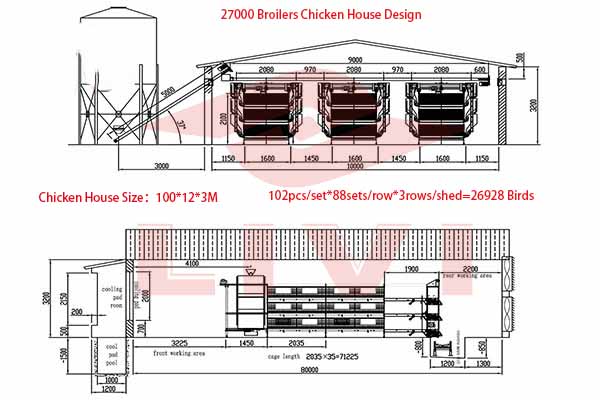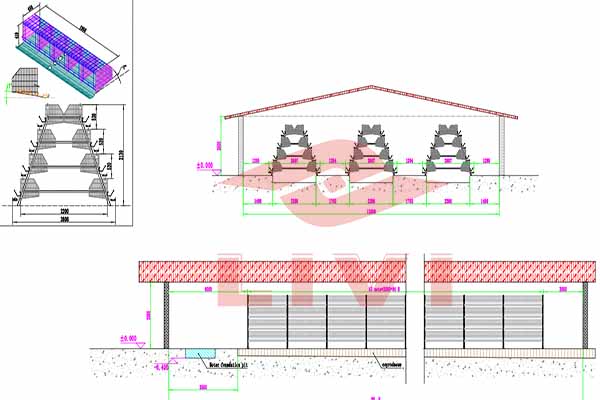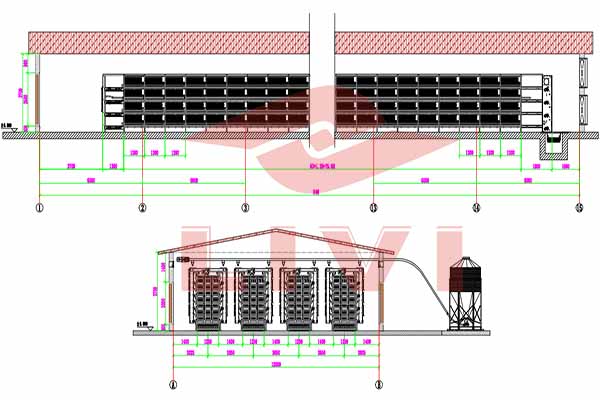Layer Poultry System in Zambia: Optimizing Efficiency and Productivity
Understanding the layer poultry system in Zambia is crucial for any poultry farmer or investor looking to establish or expand their business. This article delves into the intricacies of the system, highlighting key aspects that contribute to its efficiency and productivity.
Overview of Layer Poultry Industry in Zambia
Zambia’s poultry industry has been growing rapidly in recent years, driven by increasing domestic demand for eggs and meat. The country currently has an annual egg production of around 100,000 metric tons, with a consumption rate of about 200,000 metric tons per year.
The Layer Poultry System in Zambia
The layer poultry system in Zambia primarily involves the following components:

- Broiler Breeders: These are specialized farms that produce day-old chicks for the layer industry.
- Laying Hens: These hens are reared for egg production and typically reach peak production at 18 to 24 weeks of age.
- Feed Mills: These facilities process feed for the hens, ensuring they receive a balanced diet.
- Egg Collection and Processing: This involves collecting eggs from farms, sorting them, and packaging them for distribution.
Challenges and Opportunities
While the layer poultry system in Zambia presents opportunities for growth, it also faces several challenges:
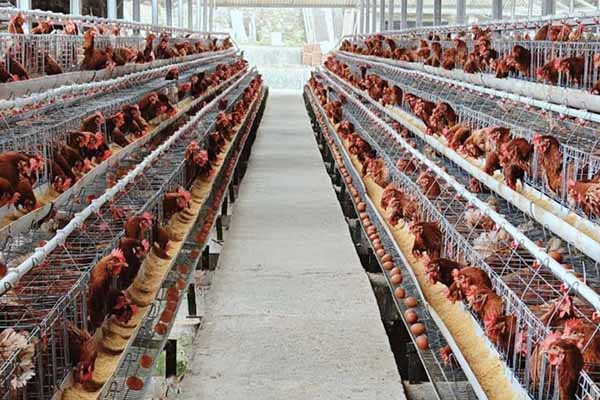
- Poor Infrastructure: Inadequate transportation and storage facilities can lead to losses in egg quality and safety.
- High Feed Costs: The cost of feed is a significant expense for poultry farmers, and fluctuations in global commodity prices can have a significant impact.
- Lack of Technology: The adoption of modern technologies such as automated feeding systems and climate control can improve productivity and reduce costs.</l
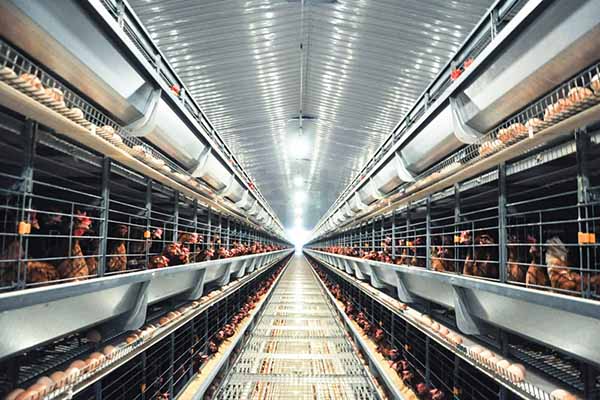 i>
i>
Despite these challenges, there are opportunities for improvement and growth. For instance, the government of Zambia has been implementing policies to support the poultry industry, including the establishment of feed mills and incentives for farmers to adopt modern practices.
Key Performance Indicators (KPIs)
Measuring the performance of a layer poultry system is essential for success. Here are some KPIs to consider:
- Feed Conversion Ratio (FCR): This measures the amount of feed required to produce a unit of egg. A lower FCR indicates higher efficiency.
- Egg Production Rate: The number of eggs produced per hen per day. Higher production rates lead to increased profitability.
- Egg Quality: This is determined by factors such as shell thickness, yolk color, and absence of cracks or defects.
Conclusion
Implementing an effective layer poultry system in Zambia requires a comprehensive approach, addressing challenges and leveraging opportunities. By focusing on key performance indicators and adopting modern technologies, poultry farmers and investors can enhance efficiency and productivity.
Are you considering setting up a layer poultry system in Zambia? Contact us today for a free, personalized poultry design and equipment quote from LIVI Mechanical. We are committed to helping you achieve success in the poultry industry.


